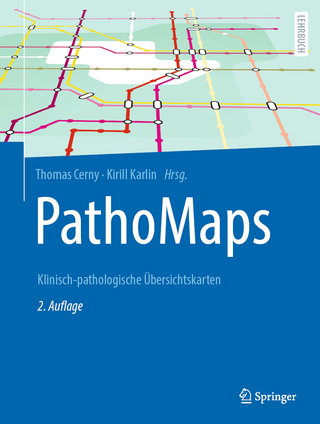
Why We See What We Do Redux
Oxford University Press Inc (Verlag)
978-0-87893-596-3 (ISBN)
DALE PURVES is Professor in the Departments of Neurobiology, Psychology, and Brain Sciences, and Philosophy at Duke University, USA. After earning a B.A. from Yale, an M.D. from Harvard Medical School, and completing an assistant residency at Massachusetts General Hospital, Dr. Purves was a postdoctoral fellow in the Department of Neurobiology at Harvard Medical School and subsequently in the Department of Biophysics at University College London. He joined the faculty at Washington University School of Medicine in 1973, where he was Professor of Physiology and Biophysics, and came to Duke as the founding chair of the Neurobiology Department in 1990. From 2003 to 2009 he was Director of Duke's Center for Cognitive Neuroscience. Dr. Purves is now Director of the Neuroscience and Behavioral Disorders Program of the Duke–NUS Graduate Medical School in Singapore. His research in recent years has sought to explain why we see and hear what we do. He was elected to the National Academy of Sciences in 1989 for his work on neural development and synaptic plasticity, and is a member of the American Academy of Arts and Sciences and the Institute of Medicine. R. BEAU LOTTO is a Reader of Neuroscience at University College London, UK. He received his undergraduate degree at the University of California, Berkeley and a Ph.D. from the University of Edinburgh. Dr. Lotto's work spans studies of bees, humans, and machines that have led to public work installations and interactive/participatory performances. He has lectured on perception for general audiences in the Technology, Entertainment, and Design (TED) series, the RSA series, and the BBC. His 'Street Science' installations include a six-meter colored-glass tower called the Beacon on Old Street in London (see the book cover), an installation of light, glass, and bees for the Science Gallery in Dublin, and 'White Shadows,' an installation for the Hayward Gallery. Current projects include a perception-based education program for primary schools in the UK, a Glass Windmill for the Wellcome Trust, and the Vertical Orchestra with the London Sinfonietta. He is now launching a new Centre of Perception at London's Science Museum, a research space that enables the public to be active participants and creators of scientific research. All these projects explore the ecological basis of the mind in the context of understanding why we see what we do.
Preface to the First Edition.- Preface to the Second Edition.- Vision and Visual Perception.- Seeing Lightness and Brightness.- Seeing Color.- Seeing Intervals, Angles, and Object Sizes.- Seeing Distance and Depth.- Seeing Motion.- Making Sense of the Visual System in Empirical Terms.- Appendix. A Primer on Visual System Structure and Function.- Acknowledgments.- Bibliography.- Glossary.- Index.
| Zusatzinfo | 260 p. |
|---|---|
| Verlagsort | New York |
| Sprache | englisch |
| Maße | 177 x 235 mm |
| Themenwelt | Geisteswissenschaften ► Psychologie ► Verhaltenstherapie |
| Medizin / Pharmazie ► Medizinische Fachgebiete ► Augenheilkunde | |
| Medizin / Pharmazie ► Medizinische Fachgebiete ► Neurologie | |
| Studium ► 2. Studienabschnitt (Klinik) ► Pathologie | |
| Naturwissenschaften ► Biologie ► Humanbiologie | |
| Naturwissenschaften ► Biologie ► Zoologie | |
| Schlagworte | Vision |
| ISBN-10 | 0-87893-596-7 / 0878935967 |
| ISBN-13 | 978-0-87893-596-3 / 9780878935963 |
| Zustand | Neuware |
| Haben Sie eine Frage zum Produkt? |
aus dem Bereich


